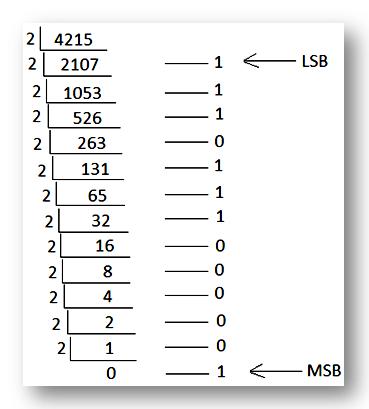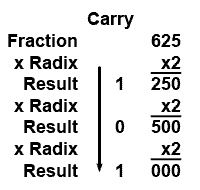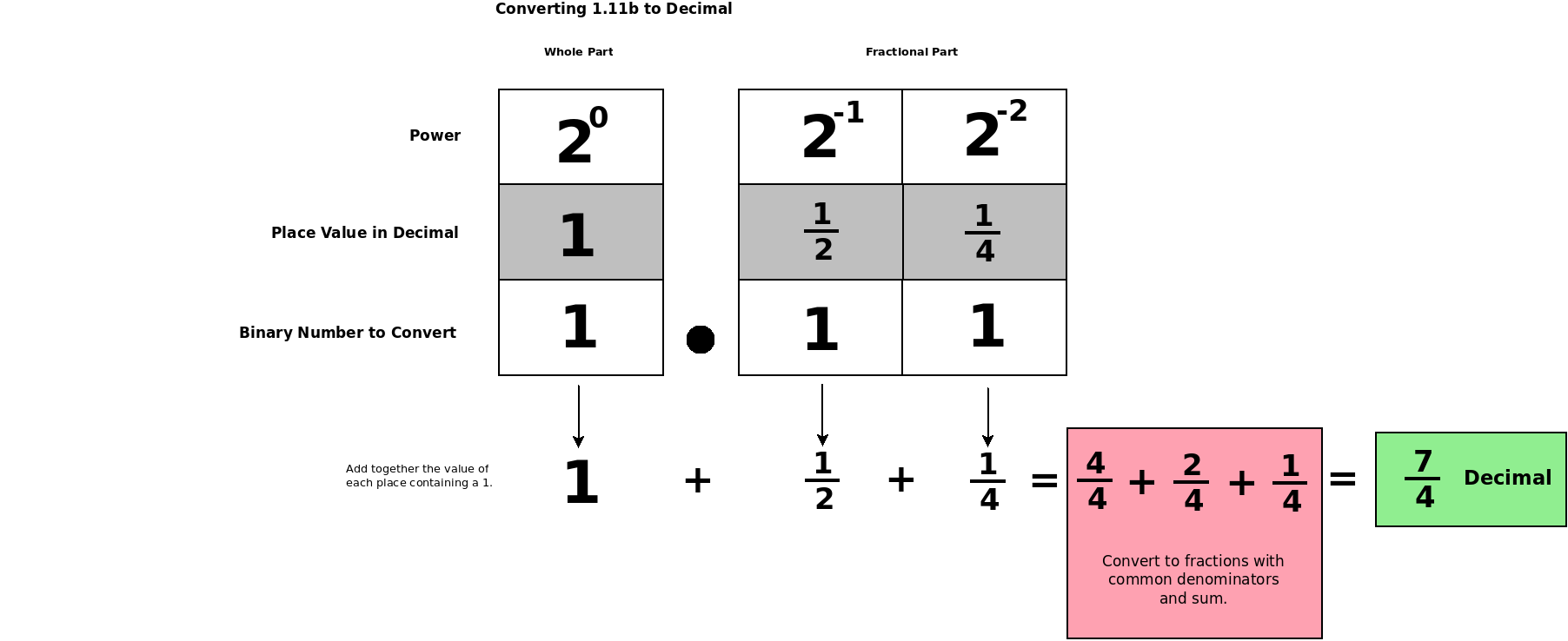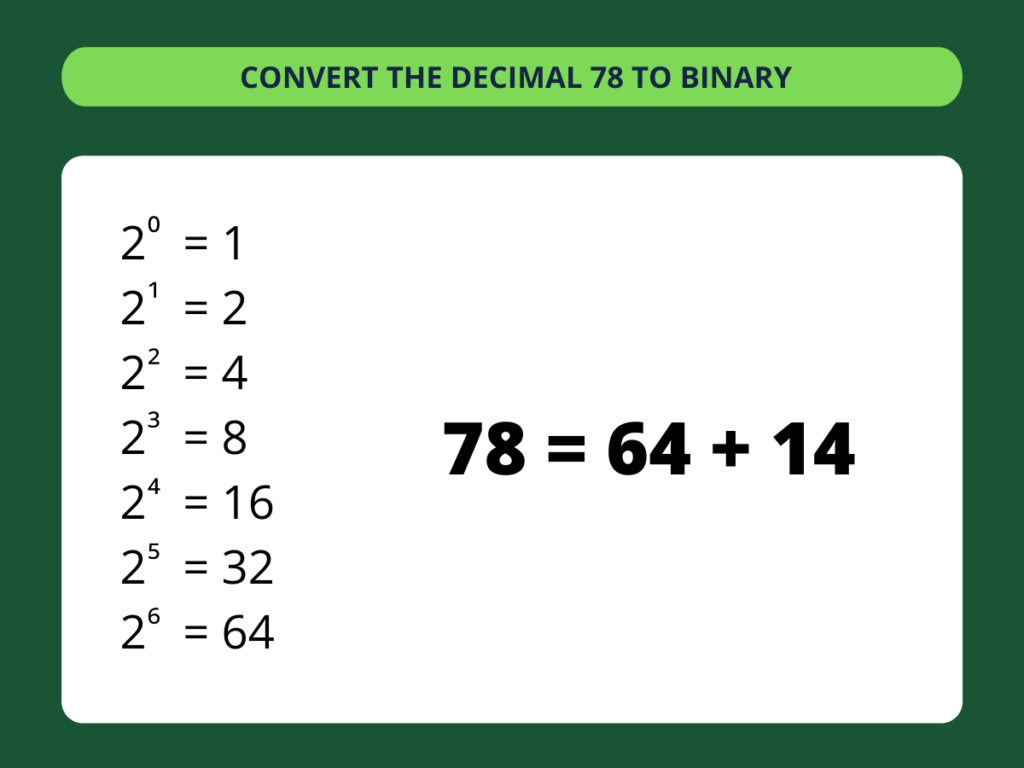Decimal fractions, also known as decimal numbers or base-10 numbers, are numbers that are expressed using the base-10 numbering system, which consists of the digits 0 through 9. On the other hand, binary fractions, also known as binary numbers or base-2 numbers, are numbers that are expressed using the base-2 numbering system, which consists of only the digits 0 and 1.
Converting a decimal fraction to a binary fraction may seem like a difficult task, but it is actually a fairly straightforward process once you understand the basic principles behind it. To begin with, it is important to understand that the place values in a binary number are based on powers of 2, rather than powers of 10 as in the case of decimal numbers. This means that the place value of each digit in a binary number is determined by the power of 2 that is associated with its position in the number. For example, in the binary number 1001, the digit 1 in the ones place has a place value of 1, the digit 0 in the twos place has a place value of 2, the digit 0 in the fours place has a place value of 4, and the digit 1 in the eights place has a place value of 8.
To convert a decimal fraction to a binary fraction, you will need to follow a few simple steps. First, you will need to determine the integer part of the decimal fraction. This can be done by simply taking the whole number part of the decimal fraction and expressing it in binary form. For example, if the decimal fraction is 3.625, the integer part is 3, which can be expressed in binary form as 11.
Next, you will need to determine the fractional part of the decimal fraction. This can be done by subtracting the integer part from the decimal fraction and multiplying the result by 2. If the result is less than 1, you will need to write a 0 in the binary fraction and repeat the process with the new fraction. If the result is greater than or equal to 1, you will need to write a 1 in the binary fraction and repeat the process with the new fraction, which will be the result of subtracting 1 from the previous result. You will need to repeat this process until the fractional part of the decimal fraction is reduced to zero or until you have reached the desired level of precision.
For example, to convert the decimal fraction 3.625 to a binary fraction, we can follow the steps outlined above as follows:
- Determine the integer part: 3.625 (decimal fraction) - 3 (integer part) = 0.625 (fractional part)
- Multiply the fractional part by 2: 0.625 (fractional part) x 2 = 1.25
- Write a 1 in the binary fraction and repeat the process with the new fraction: 1. (binary fraction) .25 (new fraction)
- Multiply the fractional part by 2: 0.25 (fractional part) x 2 = 0.5
- Write a 0 in the binary fraction and repeat the process with the new fraction: 10. (binary fraction) 0.5 (new fraction)
- Multiply the fractional part by 2: 0.5 (fractional part) x 2 = 1
- Write a 1 in the binary fraction and repeat the process with the new fraction: 101. (binary fraction) 0 (new fraction)
At this point, the fractional part of the decimal fraction has been reduced to zero, so we can stop the process. The final result is the binary fraction 11.101, which is the binary equivalent of the decimal fraction 3.






